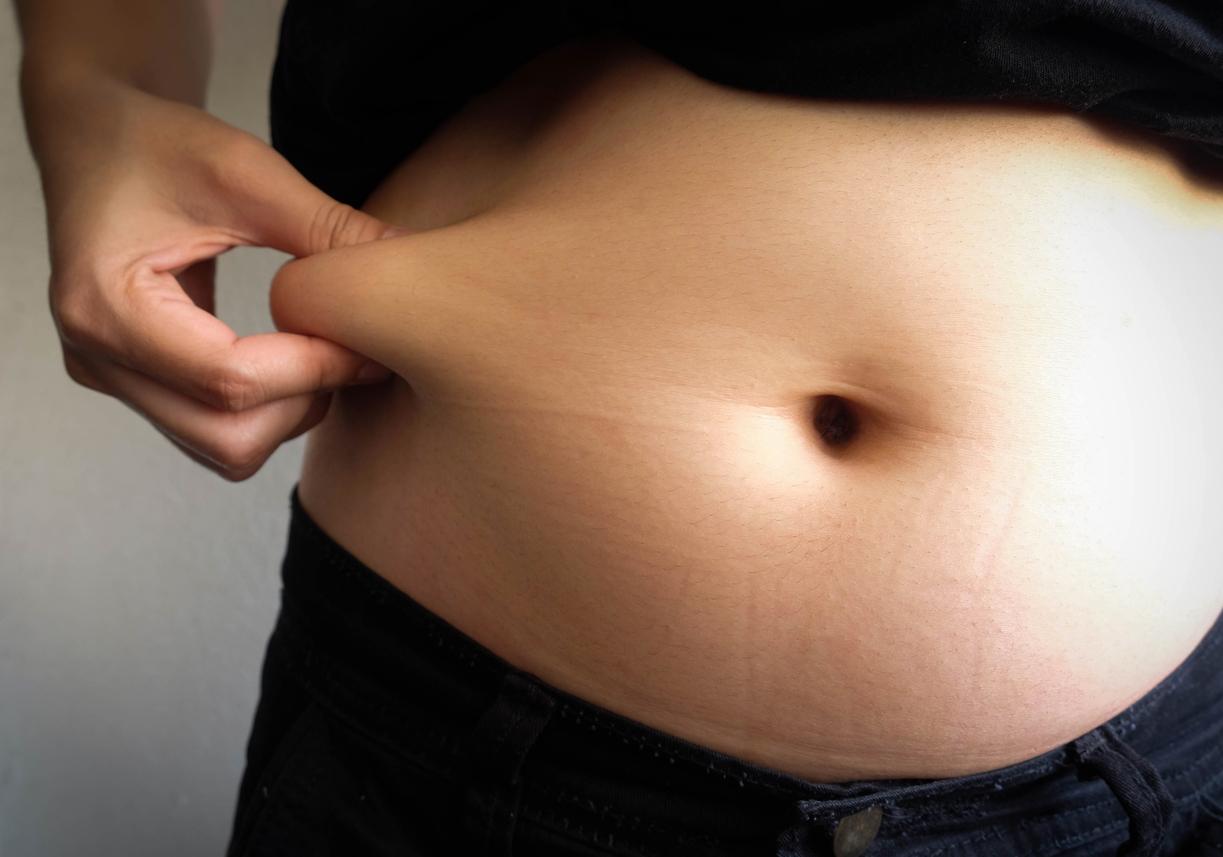Doing aerobic exercise, at moderate to vigorous intensities, for up to 300 minutes per week significantly decreases weight, waist circumference and body fat.

- According to a recent study, every 30 minutes of weekly increase in aerobic exercise results in a loss in average body weight (-0.52 kg), a decrease in waist circumference (-0.56 cm) and fat percentage. body (-0.37%).
- In overweight or obese patients, supervised aerobic training for 150 minutes per week significantly reduced weight (-2.79 kg), waist circumference (-3.26 cm) and body fat percentage (-2 .08%).
- Even greater reductions were seen with 300 minutes of physical activity per week for weight (-4.19 kg), waist circumference (-4.12) and body fat percentage (-1.78).
Over the past 45 years, the global prevalence of obesity has tripled. To combat this chronic disease and its complications, it is advisable to exercise regularly which, according to recommendations, is a key element of weight management. “All adults should have at least 150 minutes of moderate physical activity or at least 75 minutes of vigorous activity during the week,” can we read on the website of the World Health Organization (WHO). This minimum threshold for significant weight loss was set based on individual trials, but “meta-analyses are lacking to examine the dose-response association of aerobic exercise with measures of adiposity.”
The more the duration of aerobic exercise increases, the more the waist circumference decreases
This is why a researcher from Imperial College London (United Kingdom), in collaboration with Iranian colleagues, decided to conduct a study published in the journal JAMA Network Open. As part of this, they reviewed 116 studies on 6,880 adults suffering from overweight or obesity. Specifically, these included randomized clinical trials lasting at least eight weeks of supervised aerobic training for patients. Measures of body weight, waist circumference, body fat, adverse events, reduction in medication use and health-related quality of life score were considered.
The results showed that each 30-minute weekly increase in aerobic exercise was accompanied by a reduction in average body weight (-0.52 kg), waist circumference (-0.56 cm) and fat percentage. body (-0.37%). Exercise duration of 150 minutes per week was linked to clinically significant reductions in weight (-2.79 kg), waist circumference (-3.26 cm) and body fat percentage (-2.08%) ). “The effect on weight loss was linear,” with even greater reductions observed at 300 minutes per week for weight (-4.19 kg), waist circumference (-4.12) and body fat percentage (-1.78).
Musculoskeletal symptoms, side effects of aerobic training
According to the authors, aerobic exercise was correlated with a modest increase in mild to moderate adverse events, which were primarily musculoskeletal symptoms. These data support current recommendations that 150 minutes per week of moderate or higher intensity aerobic exercise may be necessary to achieve clinically important improvements in waist circumference and body fat.


















